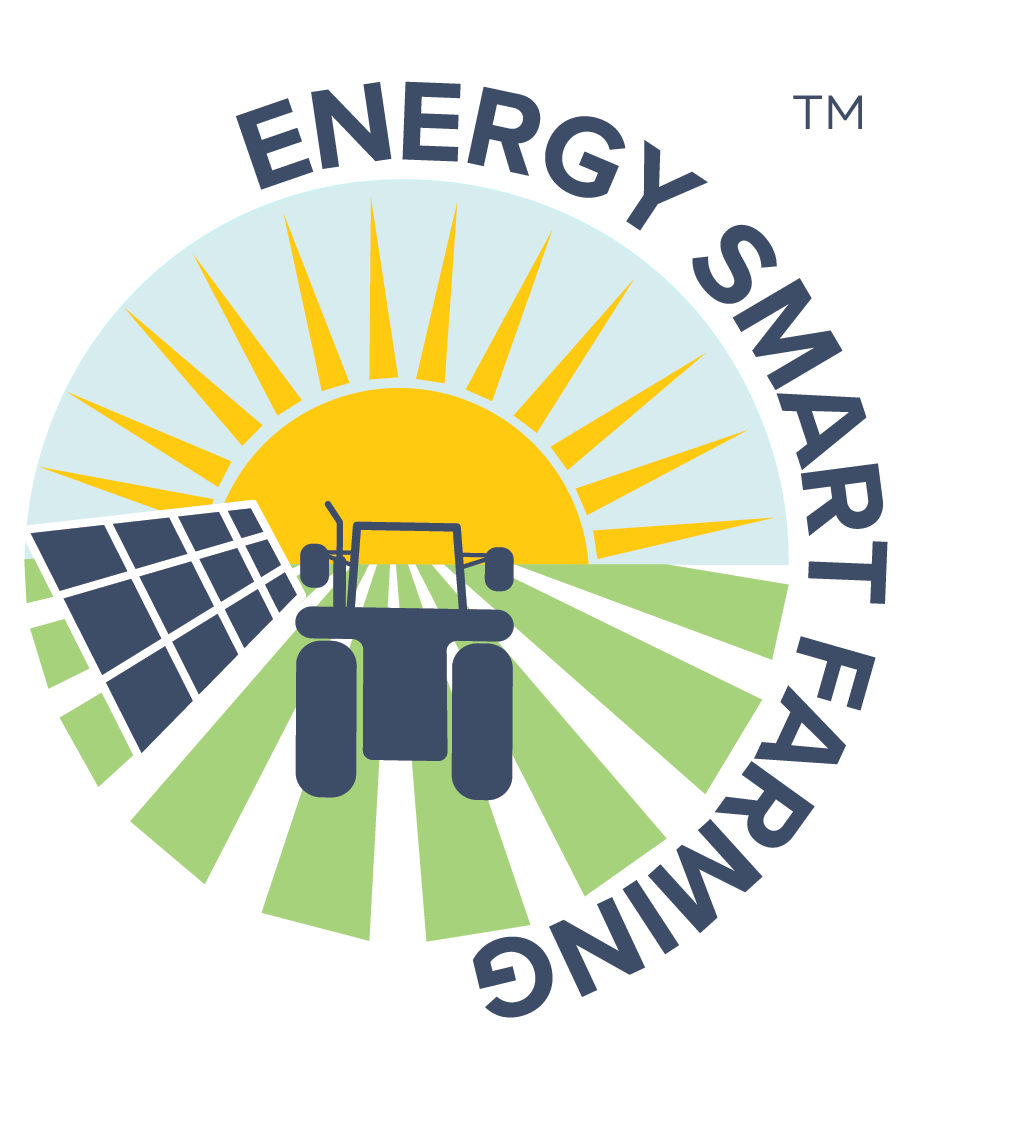Energy resources to reduce costs and consumption

Concerned about fuel, electricity or gas prices?
There are significant opportunities for farm businesses to reduce energy consumption and therefore energy costs while also lower related greenhouse gas emissions.
This list of resources including guides, factsheets, case studies and tools may assist you along your energy journey. The list has not been collated to be exhaustive rather it directs to the most relevant information about reducing energy costs and consumption.
For easy reference, this list has been categorised by industry and technology type.
Industries:
Technologies:
Cross Industry
The following links provide access to tools and information relevant to all industries.
- The Energy Efficiency Council has a number of resources to assist farmers to navigate energy:
- Sustainability Victoria’s Energy Upgrades Tool assists in finding specific funding recommendations and return on investment.
- Energy NSW Business Energy Information provides a range of resources
- Business Energy Advice Program provides free help aimed at saving on agriculture energy costs.
- Transforming Australian Agriculture with Clean Energy: A practical guide to lowering on-farm energy use and carbon emissions
- The Renewable Energy Landholder Guide provides information to assist landholders at all stages of development and operation, particularly:
- The role of landholders in the development process;
- Landholder rights and responsibilities; and
- Potential impacts (positive and negative) of development.
- Agriculture Victoria hosted a webinar on Understanding your electricity bill and supply with Geoff Lodge, CEO of GV Community Energy, exploring ways to reduce energy costs on farm.
Industries
Horticulture
The main energy costs for horticulture businesses are associated with heating, cooling, processing and irrigation.
To assist producers the following guides, factsheets and tools have been developed specifically for the horticulture industry by their industry bodies. These tools can be used to inform and assist decision making about energy efficiency with the aim of reducing operational costs.
- Watts in Your Business program investigated energy efficiency in apples, pears, summerfruit and cherry industries through energy audits and developed factsheets and case studies to share the learnings.
- Winery energy saver toolkit assists wineries to identify and assess energy saving opportunities.
- Improving winery refrigeration efficiency provides a reference guide and case studies
- Winery network charges and demand management guide is a practical resource for wineries and includes information on electricity tariff structures, strategies and technologies that will help wineries to manage energy demand.
- Renewable Energy Production from Almond Waste project established current energy demand and carbon footprint (from Scope 1 and 2 emissions) across almond industry producers, processors and packers; assessed technological options for energy production; and conducted a preliminary economic analysis of the commercial viability of energy production.
- Horticulture Innovation Australia has a range of factsheets and project reports:
- What is energy efficiency?
- The irrigation system and energy efficiency
- Energy audits point to potential savings on vegetable farms
- Should I upgrade my greenhouse to improve energy efficiency?
- On farm power generation: Vegetable growers
- On farm power generation: Gas fuelled power generation
- On farm power generation: Solar photovoltaics (PV)
- On farm power generation: Wind power
- Case Study: Ivankovich Farms
- Project report: On-farm power generation – options for vegetable growers
- Project report: Economic evaluation of farm energy audits and benchmarking of energy use on vegetable farms
- Project report: Increasing energy efficiency and assessing an alternate energy option for Australian protected cropping
- Agriculture Victoria hosted a webinar on Energy Efficiency in Horticulture with three managers from horticultural businesses who shared their experiences in implementing sustainable energy technologies, improving energy efficiency and generating renewable energy.
Dairy
- Dairy Australia has developed a number of energy guides, case studies, feasibility studies and benchmark reports to provide farmers with information to assist them to reduce energy costs, improve energy efficiency and explore renewable energy technologies.
- Dairy Australia website has a range of energy resources available including Dairy Australia’s Saving energy on dairy farms booklet is a comprehensive guide to smarter on-farm energy use.
- Dairying for Tomorrow: Energy website is a repository of information on natural resource management in dairy including energy.
- Dairy Australia’s Preparing for power outages factsheet
- Dairy Australia’s Milking through power outages factsheet
- Agriculture Victoria hosted a webinar on Energy Efficiency on Dairy Farms with Gabriel Hakim exploring how to reduce energy costs on-farm, increasing the farm’s energy efficiency and maximising the return from renewable energy sources.
Pork
- Australian Pork Limited has developed a number of guides to assist farmers to identify areas where energy efficiency improvements can be made and guide the development of biogas projects.
- Reducing energy costs in piggeries outlines the energy use of six farms to better understand energy use in piggeries.
- Understanding energy in pig production provides guidance on how to monitor energy, benchmark data for different components of the system, case studies and renewable energy options.
- Renewable energy (biogas) webpage collates information on biogas for the piggery industry including the Code of Practice for On-farm Biogas Production and Use (Piggeries)
Poultry
The tools, case studies and guidelines below were developed for chicken egg & meat growers, breeders and hatcheries to manage their energy use and efficiency.
- AgriFutures Chicken Meat RDE extensionAUSTM has collated energy resources for the chicken meat industry.
- National environmental management system for the meat chicken industry; Version 2 outlines energy recommendations and guidance for the meat chicken industry.
- Egg industry environmental guidelines outlines energy recommendations and guidance for the egg industry.
- A project report on the Evaluation of energy usage and ventilation performance of tunnel ventilated layer sheds
- Eggs Australia Limited Solar Calculator assesses the feasibility of installing solar power (solar photovoltaic – solar PV) for egg farms.
Meat and Wool
The following tools and guides provide information to assist the Australian red meat industry, including producers, lot feeders, and processers. These cover energy management options that save on energy costs, improve energy security, and reduce greenhouse gas emissions.
- Energy Cost Saver for the Australian Red Meat Industry is a tool that will expedite the cost-benefit analysis of proven, viable technologies and increase the adoption to save on your energy costs, improve energy security, and reduce emissions.
- The Feedlot Design Manual and A framework for water and energy monitoring and efficiency in feedlots outline energy recommendations for feedlots
Cropping and Cotton
Diesel accounts for a significant proportion of the total energy used on cropping farms. Producers are continuing to improve energy use efficiency enabling improved profitability and reduction in greenhouse gas (GHG) emissions.
- NSW DPI Beyond Diesel series explored the opportunities on the horizon to reduce diesel use in agriculture.
- CottonInfo: Energy Use Efficiency website provides a range of benchmark data, factsheets, and case studies.
- Cotton Australia: My BMP the Energy and Input Efficiency module contains excellent resources and knowledge that will help optimise energy inputs and the use of natural resources.
Irrigation
- There are a number of resources on the Irrigating Agriculture website that look at assessing the energy performance of irrigation systems and energy-saving options
- Centre Pivot and Lateral Move Performance Check provides a brief overview of what aspects of a CPLM to check, and the process for doing so.
- Variable speed drives – an energy saving option for irrigated horticulture provides an overview of variable speed drives and where they are applicable.
- Irrigating Agriculture provides information for irrigators on various topics including energy.
- Agriculture Victoria hosted a webinar on Irrigation Energy Efficiency with Nick O’Halloran who shared how to measure energy efficiency of pumped irrigation systems, common causes of poor energy efficiency & tools available to identify improvements.
Technology
Solar
The utilisation of solar photovoltaic (PV) and thermal solar systems by Australian businesses is increasing. In agriculture, the use of solar PV (panels) is being used to power infrastructure including water pumps, lights, electric fences etc. While thermal solar systems are being used to provide heat to dry crops, heat livestock buildings and greenhouses and provide hot water.
These systems are driving cost savings, increasing self-reliance and reducing greenhouse emissions. The following links and guides are designed to assist farm businesses to determine their needs for their operation.
- Clean Energy Council’s Guide to installing solar PV for business and industry details the key steps to installing solar PV at your business.
- Sunulator a tool to investigate the most economic solar PV configuration.
- Clean Energy Council’s Australian guide to agrisolar for large scale solar has been developed to share knowledge and learnings from agrisolar practices around Australia and the world, to assist proponents of utility-scale solar, and the landholders and farmers who work with them, to integrate agricultural activities into solar farm projects
- Sustainable Production and Use of On-Farm Energy: Solar collates resources on solar in America.
- Agriculture Victoria hosted a webinar on Solar on-farm with Geoff Lodge from GV Community Energy explaining where solar is suitable on-farm, getting the most out of it, understanding the connecting process and maintenance requirements.
Bioenergy
Maximising efficiency and productivity across the production process, including maximising value from waste streams via the use of bioenergy has been explored and being utilised in a number of industries. Biogas is one bioenergy option that can be captured from waste streams such as manure or vegetable waste in an anaerobic digestor. The biogas can be utilised to generate heat or heat and electricity enabling a reduction in electricity sourced from the grid and reduced greenhouse gas emissions.
The following links and frameworks are designed to assist farmers to explore the option of bioenergy and assist in the implementation of the technology.
- Pork Australia Limited’s Renewable energy (biogas) webpage collates information on biogas for the piggery industry including the Code of Practice for On-farm Biogas Production and Use (Piggeries)
- Pork Australia Limited’s Code of Practice for On-farm Biogas Production and Use (Piggeries) aims to provide a consistent framework and guidance for the safe design, construction, operation, and maintenance of biogas systems in order to facilitate greater uptake of biogas in the Australian Pork industry.
- Pork Australia Limited Biogas Safety Management Plan complements the “Code of Practice for On-farm Biogas Production and Use (Piggeries)” (Biogas CoP) which gives information on biogas safety of relevance to piggeries and proposes ways to reduce the safety risk.
- PorkCRC’s Talking Topic papers are a number of papers covering collecting biogas benefits of pig manure, biogas safety – the essentials, covered lagoons and cleaning piggery biogas
- Horticulture Innovation Limited’s Biogas generation feasibility study in the vegetable industry explores in more detail the feasibility of biogas on Australian vegetable farms.
- Waste to Profit project aims to develop technologies and business models for the conversion of wastes from the red meat, dairy, pork and municipal waste industries into valuable products resulting in productivity and profitability improvements for primary producers.
- The Emissions Reduction Fund Animal effluent management method provides an incentive for piggeries and dairies to develop new facilities for the treatment of animal effluent by emissions destruction, emissions avoidance or both.
- AgSTAR’s Biogas Recovery in the Agriculture Sector is a collaborative program sponsored by EPA and USDA providing information and promoting the use of biogas recovery systems to reduce methane emissions from livestock waste.
- Agriculture Victoria hosted a webinar on Bioenergy with a panel of experts exploring anaerobic digestion and its opportunities for agriculture and thermal bioenergy systems.
Batteries
Batteries provide an opportunity to store energy generated on-farm and to be used when needed. There are a number of resources available to inform and explore the use of batteries on-farm.
- Clean Energy Council’s Buying Battery Storage is a guide to installing a battery storage system.
- NSW Energy Saver Battery information and tools webpage provides guides and tools which can help you work out whether battery storage is right for your business.
- The Electropaedia: Battery and Energy Technologies provides a comprehensive knowledge base about energy supply and battery technologies, battery applications, chargers and ancillary equipment.
Further Information
For more information, explore the Energy Smart Farming site or you can Ask a Team member if you can’t find what you’re looking for.


